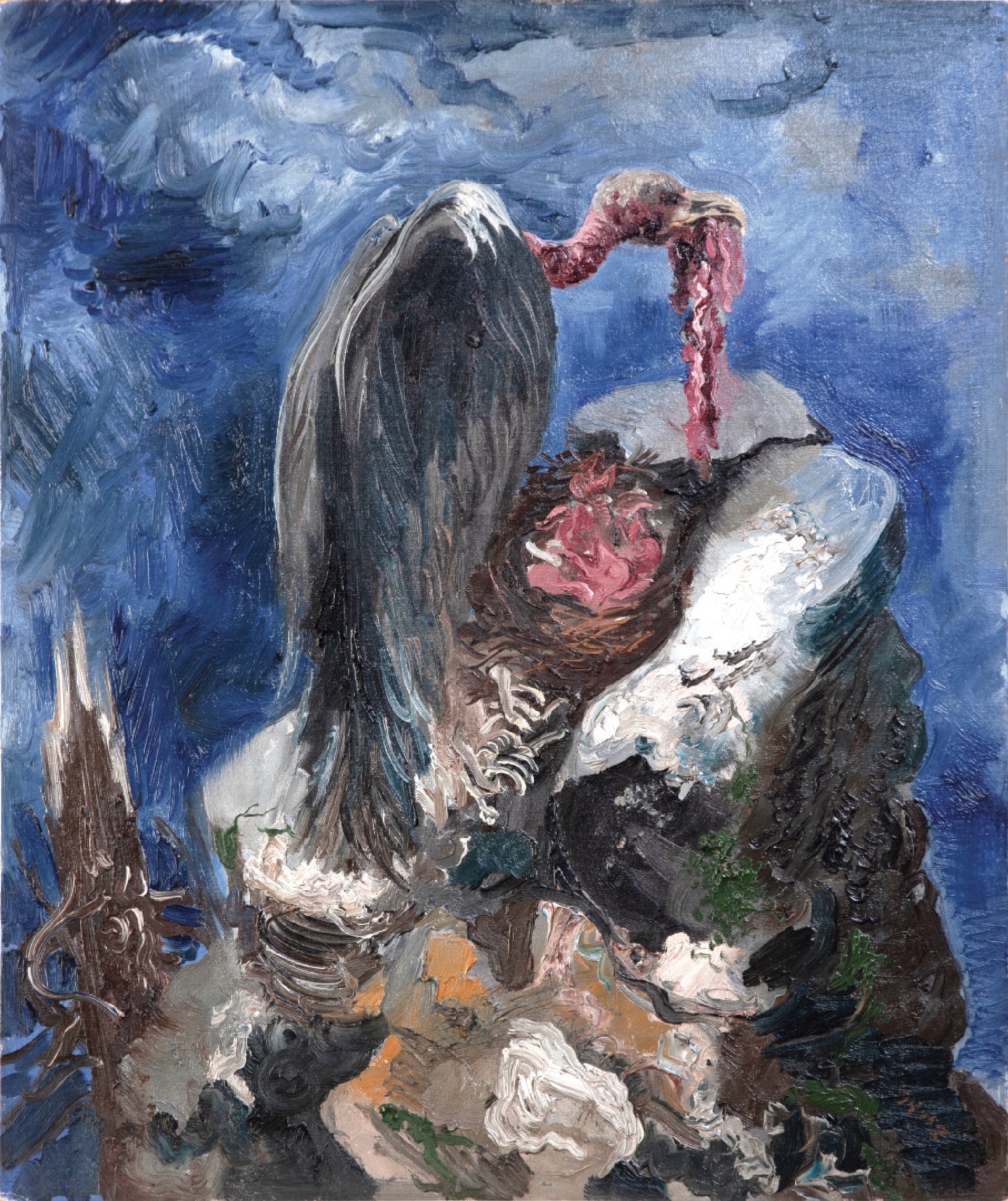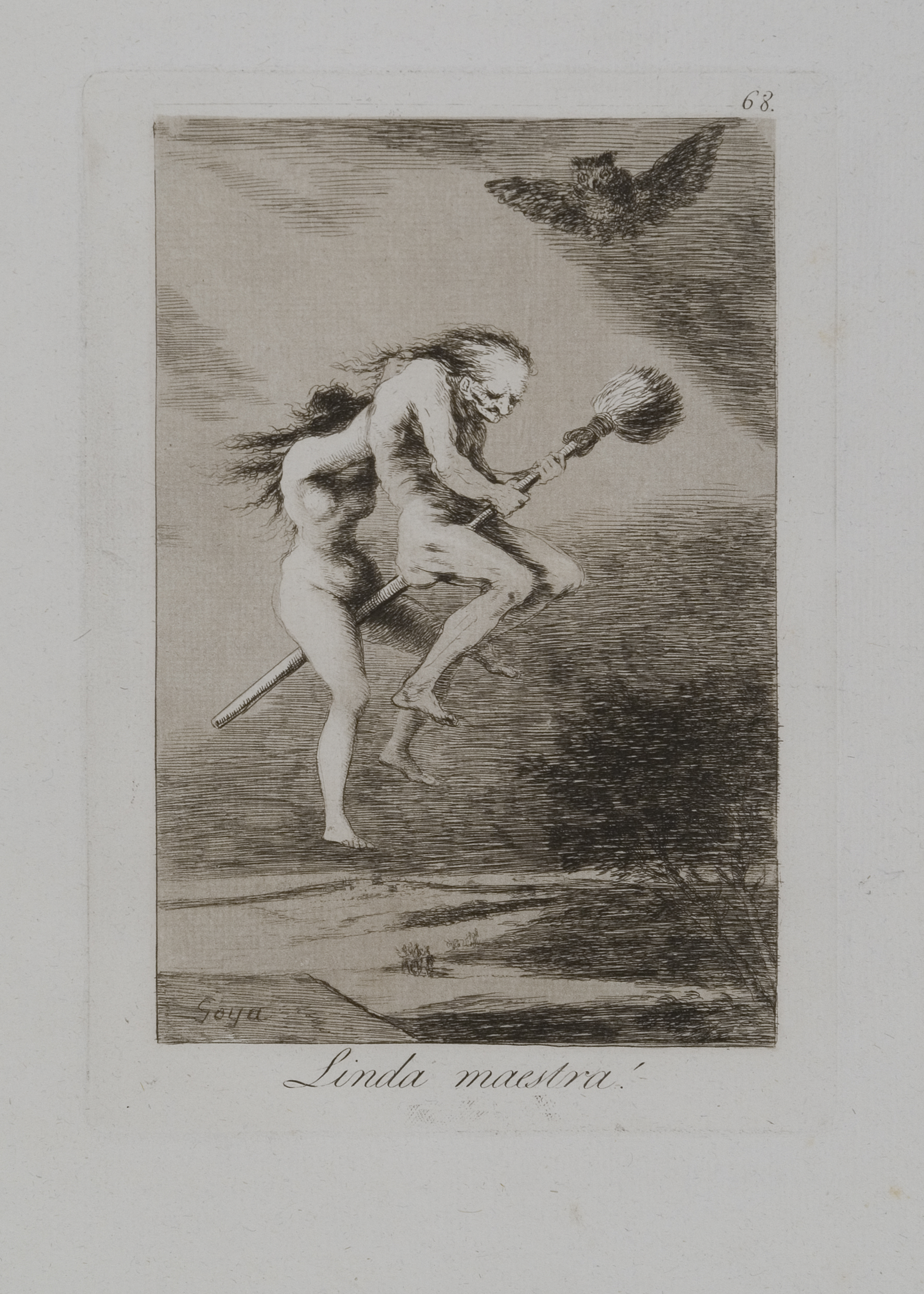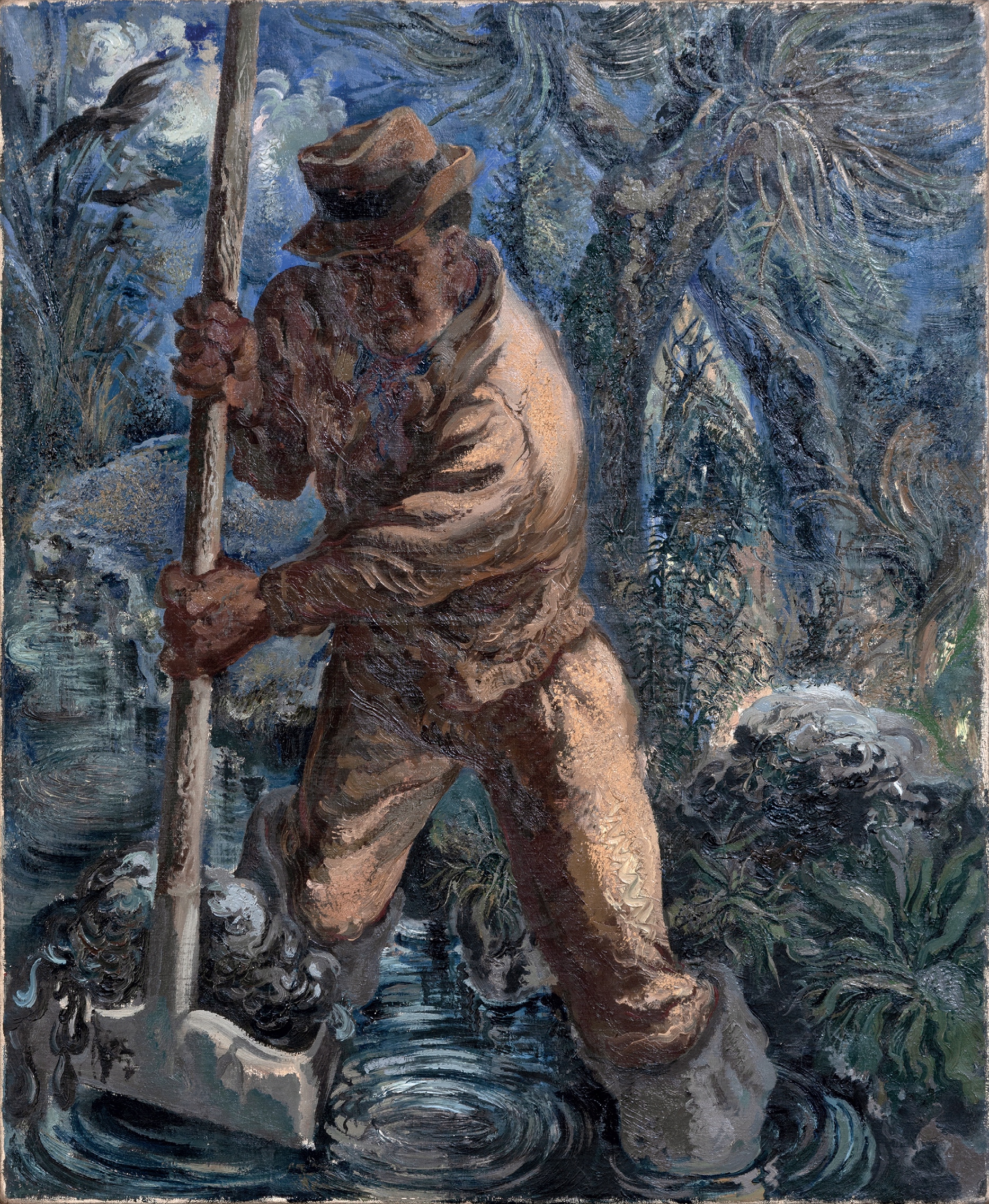Francisco Goya Y Lucientes, Tables from Los Desastres de la guerra 33 – Que hay que hacer mas? Etching, aquatint and burin – print proof before title correction 1810/1814 ca. , 20.7 x 15.7 cm, Private collection – Paris | Photo: © Elizabeth Krief
“El sueño de la razón produces monstruos” warns us Francisco Goya. While reason sinks into the torpor of sueñothe sleeper (perhaps the artist himself) generates these creatures, as the title suggests, actually produced by the sleeping man’s own mind.
This drawing made in 1797 and part of a series of eighty engravings called Los caprichospublished in 1799, will be part of the exhibition Goya – Grosz. The sleep of reason that, from 23 September to 13 Januaryon the two floors of Palazzo Pigorini in Parmayou will see Caprichos by Francisco Goya dialogue with the drawings and paintings of the German painter George Grosz.
There is a thread that binds the two artists capable of revealing profound truths with a few strokes of ink or brushstrokes of color, stretched by a disruptive social satire, by political commitment, by moral importance and by extreme formal innovation.

Francisco Goya Y Lucientes, Los Caprichos 43 – El sueño de la razon produces monstruos, Etching and aquatint, 1799, 15.2 x 21.8 cm, Private collection – Paris | Photo: © Elizabeth Krief
Separated by 150 years of history, Goya and Grosz investigate the reality of their time, innovating art. Six Whims by Goya, an acid visual tour-de-force of eighteenth-century Spain and humanity in general, can be considered a prodrome of modernity, where the artist offers free rein to the representation of his own condition and his own nightmares, Grosz the German painter whose drawings reflect the immense tragedy of the German post-war period, he is one of the most evident followers of the Spanish master, also for having been considered for a long time, like Goya, a caricaturist.
And the caricature is the only way that the two colleagues have to describe the “monstrous verisimilar”, an upside-down world, of which they make what is external inside and manage to move up what is underneath, carrying out a carnivalesque overturning of the reality in which satire and drama coexist.
In the Whims the Spanish painter lays bare the vices, baseness, aberrations and superstitions of the Spain of his time with clear and sharp images.

George Grosz, So it stinks of defeat, Oil on canvas on cardboard, 50.5 x 61cm, George Grosz Estate | Photo: © George Grosz Estate | Courtesy Ralph Jentsch, Berlin
The eighty etchings by Whims dated 1799, starting from the two self-portraits of Goya included in the series: the one in plate no. 1, drawn in profile and with open eyes, in which the painter does not actually portray his face but his mask, and the Capriccio 43 – El sueño de la razon produces monstruos – the one with closed eyes, the expression of a sleep populated by monstrous creatures and nightmares.
These are echoed by the self-portrait made in 1940 by George Grosz, which shows a bird of prey as it ominously flies over the figure of the artist.
Appointed First Court Painter in the same year in which the WhimsGoya expresses through his art, in particular graphics, his personal vision of the world, as can also be seen from the cycle of The Disasters of Warof which the public can admire some panels on display.

Francisco Goya Y Lucientes, Los Caprichos 68 – Linda teacher! Etching, aquatint and drypoint, 1799, 15 x 21.4 cm, Private collection – Paris | Photo: © Elizabeth Krief
Thus Grosz, founder of the Berlin Dada movement, prophesies in his works the advent of Nazism and the Second World War through satirical drawing, as well illustrated by some paintings on display, such as A Piece of My World II / The Last Battalion. It is here that in 1938 the artist portrays a wasteland and destroyed on which a desperate contingent of soldiers in search of food makes its way.
The idea of the exhibition Goya – Grosz The sleep of reason sees the light in 2019.
“Current events – explain the curators Didi Bozzini and Ralph Jentsch – cast a different light on each of the works on display and on the exhibition as a whole, because all the vices and perversions painted by Goya and Grosz have certainly not disappeared, but they still and always poison our days. In reality, everything has changed because little or nothing has changed. Goya’s engravings and Grosz’s paintings do not tell us about an ancient history, but about the one we are experiencing every day. The sleep of reason and the monsters it produces are always the same, in Madrid in 1799 as in Berlin in the 1920s or in the entire West today ”.
It is true, as Goya said, that “Fantasy abandoned by reason generates impossible monsters”. But “united with her, she is the mother of the arts and the origin of wonders”.

George Grosz, The Muckraker, Oil on canvas, 1937, 81.2 x 99.7 cm, George Grosz Estate | Photo: © George Grosz Estate | Courtesy Ralph Jentsch, Berlin

